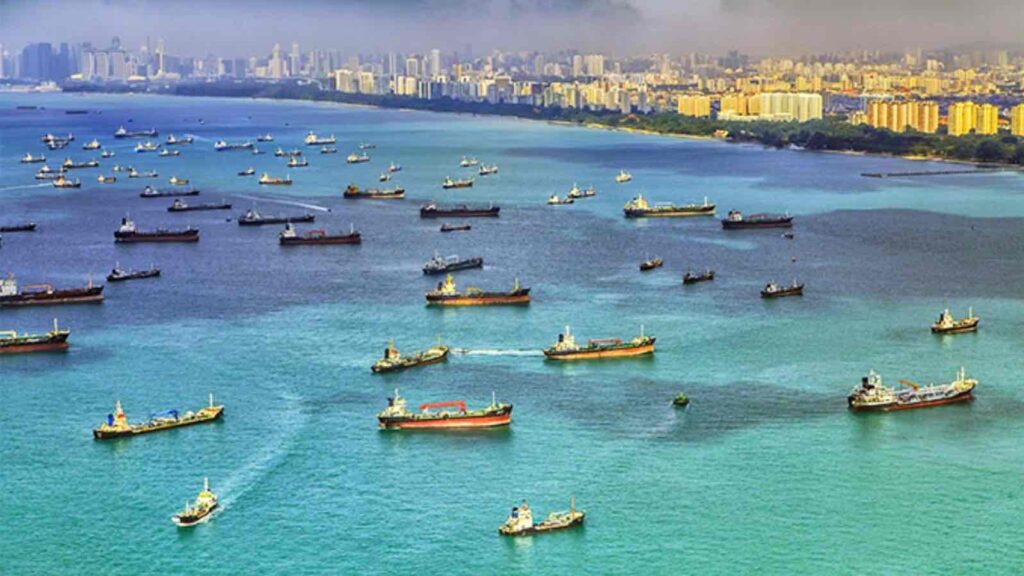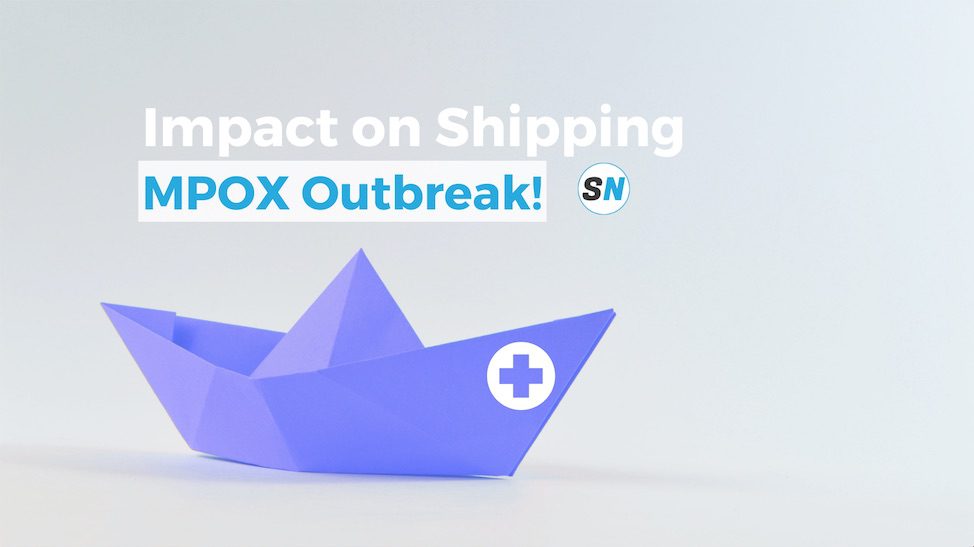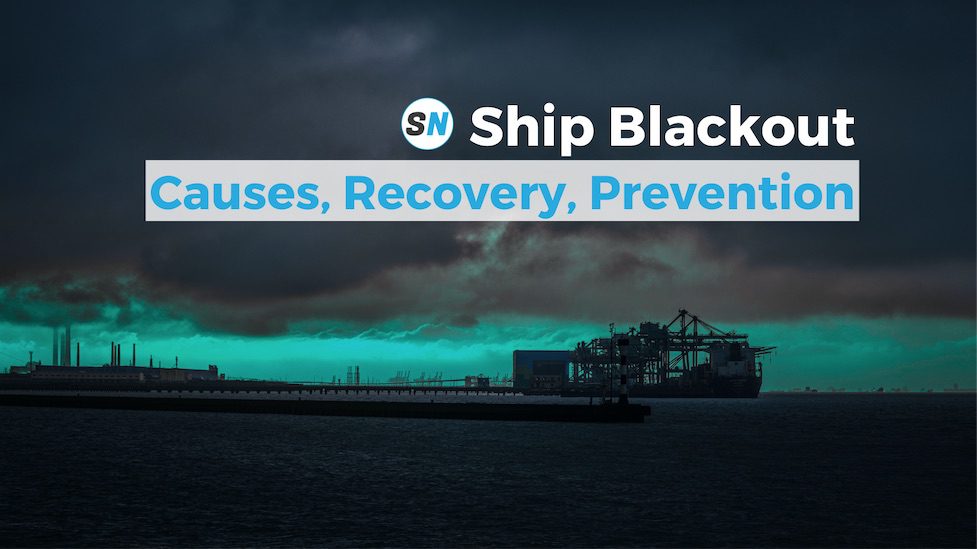28 November 2024
Panama Canal congestion and new measures to handle it

The Panama Canal Authority (ACP) has moved to highlight the real congestion numbers at both ends of the waterway amid misleading reports carried in recent days suggesting there are 200 ships waiting.
The ACP has updated daily data which shows that as of today there are 131 ships waiting, some 45% more than the average, but still markedly down from the 165 vessels recorded earlier this month.
Table of Contents
- Slightly more than a hundred ships on both sides of the Canal
- Under regular circumstances, up to 90 ships are waiting to transit the Canal
- Approximately 32 vessels transit the Canal every day
The prolonged dry season is a natural phenomenon that affects many regions, including the Panama Canal. While we can’t control nature, we can adapt our operations to ensure a competitive flow of vessels.
Panama Canal Adaptative Approach
In line with the Panama Canal’s commitment to providing a reliable and sustainable service, the Authorities have chosen to extend booking Condition 3.
The standard offering of reservations comprises 23 booking slots for the Panamax locks. Under Condition 2, in scenarios involving a substantial reduction in capacity (such as lane closures for maintenance), the allocation is reduced to 16 booking slots.
Meanwhile, under Condition 3, as currently being implemented, the booking slots are limited to 14 in total (comprising 10 slots for super-sized vessels and 4 slots for regular-sized vessels).
This allows the Canal’s authorities to manage congestion and ensure ships en route or in the queue, which haven’t secured reservations, can still transit in competitive time frames. It should be noted that transits through the Neopanamax locks maintain their regular average of 10 transits per day, so these have not been impacted by the measure.

How do ships transit through Panama Canal?
How do ships transit through Panama Canal? Get to know how ships pass from the Atlantic to the Pacific Ocean and vice versa.
Ship Nerd
High Demand Reflects Competitiveness
Despite the challenges and the measures the Authorities had to take, the high demand for the Panama Canal’s services showcases the confidence the global shipping community places in the canal. It underscores its competitiveness and the vital role it play in global trade.
Current Transit Data
To provide perspective, as of today, the Panama Canal has around 120 vessels waiting for transit. This data is updated daily and can be checked here.
For this month, the average waiting time for unbooked transits is between 9 and 11 days. The Authorities are continuously monitoring these figures and implementing measures to improve the flow. More information regarding waiting times can be checked here.
Open Communication is Key
The Panama Canal believes in transparency and permanent communication. The staff informs in advance of the measures that may influence our customers’ operations so that they can make business decisions, ensuring the sustainability and continuity of world trade.
The Customer decides
The freedom to choose is vital. The Panama Canal Authority understand that customers have choices, and it is its duty to ensure that its services remain the best option. If circumstances demand, and customers choose another route temporarily, the canal managers respect and understand their decision. Their primary focus remains on the reliability of the canal’s services.
Canal’s Authority Commitment
Our commitment is unwavering. Even in the face of challenges, our dedication remains steadfast: to ensure that the Panama Canal remains a reliable and sustainable option for the global shipping community.
Panama Canal Authority
Source: Panama Canal
See Also
How understanding port congestion can improve shipping efficiency. The new tool by MarineTraffic which will take shipping closer to Just In Time concept.
If you have ever worked in shipping, you know how tedious it is for a vessel to wait outside the port. Time passes slowly when you are waiting at anchorage for hours, days, weeks, or even months. Often with no idea of how long before things start moving again. But it is not just time that is slipping away, but money, too – lots of it.

Port congestion tool for Just in Time shipping
How understanding port congestion can improve shipping efficiency. The new tool by MarineTraffic which will take shipping closer to Just In Time concept.


